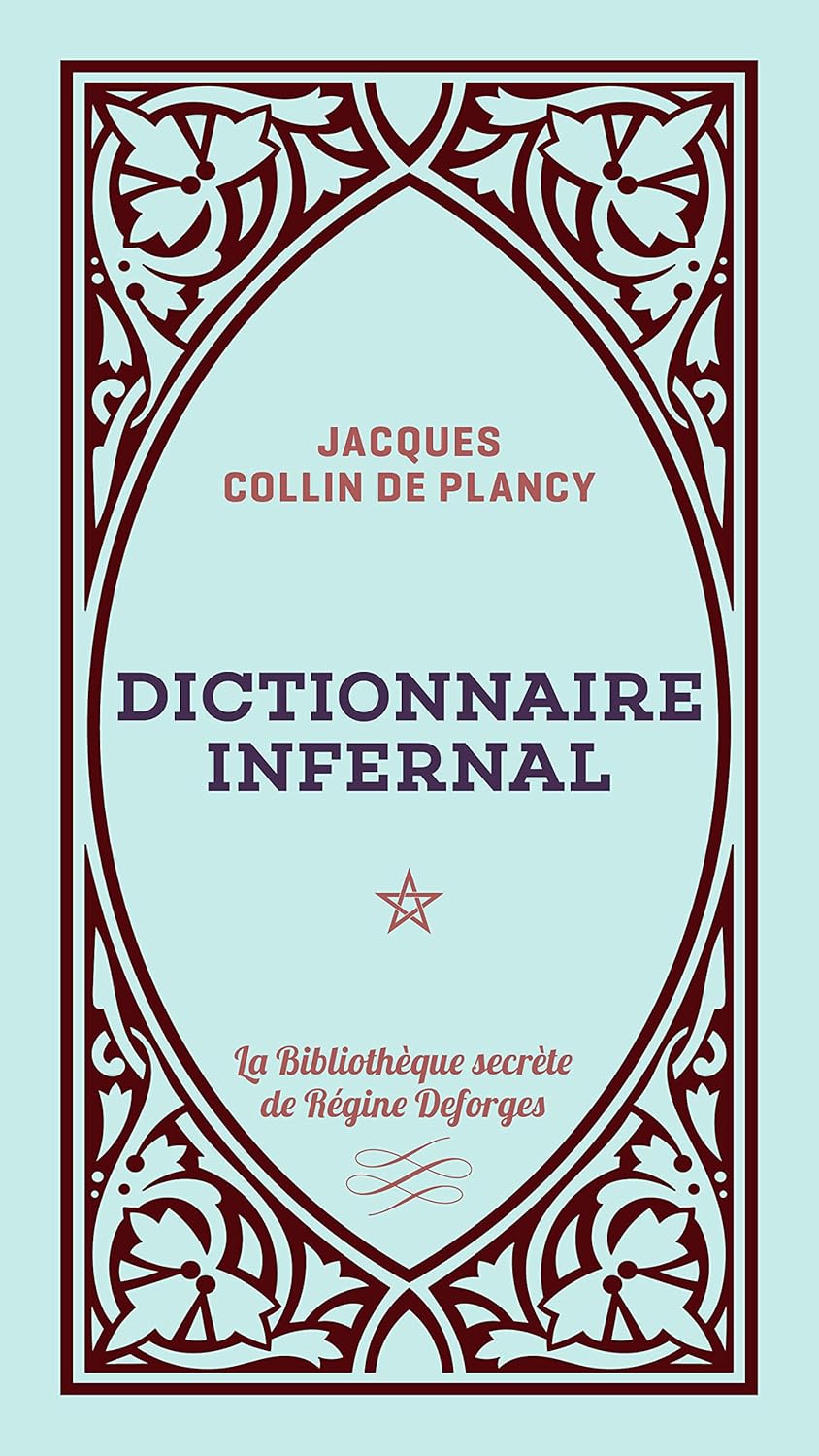About this deal
Ed Simon explores the work and how at its heart lies an unlikely but pertinent synthesis of the Enlightenment and the occult. Le Breton chose to depict Behemoth as a bipedal version of the latter, clutching his hairy, engorged belly like some sort of malevolent Ganesh. Collin de Plancy did not just convince himself that demons were real, but indeed he developed a wish to control them through language, a desire as fervent as that of his Enlightenment forebears to categorize and define words and ideas in dictionaries and encyclopedias. Then there is Bael, “the first king of hell” who has “three heads, one of which has the shape of a toad, the other that of a man, and the third of a cat”, to which le Breton made the fine addition of a number of fur-covered arachnid legs. Both of those titles contained hierarchical descriptions of Hell’s many denizens, versions of which de Plancy included in his text.
A specialist in early modern and early American literature, he holds a PhD in English from Lehigh University, and his most recent book is Printed in Utopia: The Renaissance's Radicalism (Zero Books, 2020).It lists, describes, and provides illustrations of a variety of demons, including most of the Goetia, as well as demons pulled from other religions, such as Hinduism, and re-branded as Christian demons. By the end of 1830 he was an enthusiastic Roman Catholic, to the consternation of his former admirers. If anything, the strange verisimilitude of the insect-like creature makes le Breton’s image all the more terrifying. Our small-group adventures are inspired by our Atlas of the world's most fascinating places, the stories behind them, and the people who bring them to life.
All together, across nearly six hundred pages, Collin de Plancy provided entries for sixty-five different demons, including favorites from the pages of Dante, Milton, and others, such as Asmodeus, Azazel, Bael, Behemoth, Belphégor, Belzebuth, Mammon, and Moloch. What sets de Plancy’s work apart is his frighteningly surreal illustrations—the devils that make up his occult bestiary are some of the most evocative in the history of demonic literature. His face — described by Collin de Plancy as that of a “very ugly angel” — is rendered by le Breton as thin and effete, almost equine, with eyes dismissive and uncaring, a slight sneer of cold command.Not an entirely inappropriate connection, for the Dominican inquisitor Sebastian Michaelis, who classified the demons he encountered as an exorcist at the infamous monastery of Loudun in the seventeenth century, associated Astaroth with the new rationalist philosophies that were just being born in France. The most interesting edition of the text is the final one of 1863, illustrated with creepy exactitude by le Breton, whose brilliant Doré-esque engravings elevate the work beyond the relative staidness of previous editions.
Although Jacques Collin de Plancy’s Dictionnaire infernal, a monumental compendium of all things diabolical, was first published in 1818 to much success, it is the fabulously illustrated final edition of 1863 which secured the book as a landmark in the study and representation of demons.We don’t share your credit card details with third-party sellers, and we don’t sell your information to others.
 Great Deal
Great Deal 